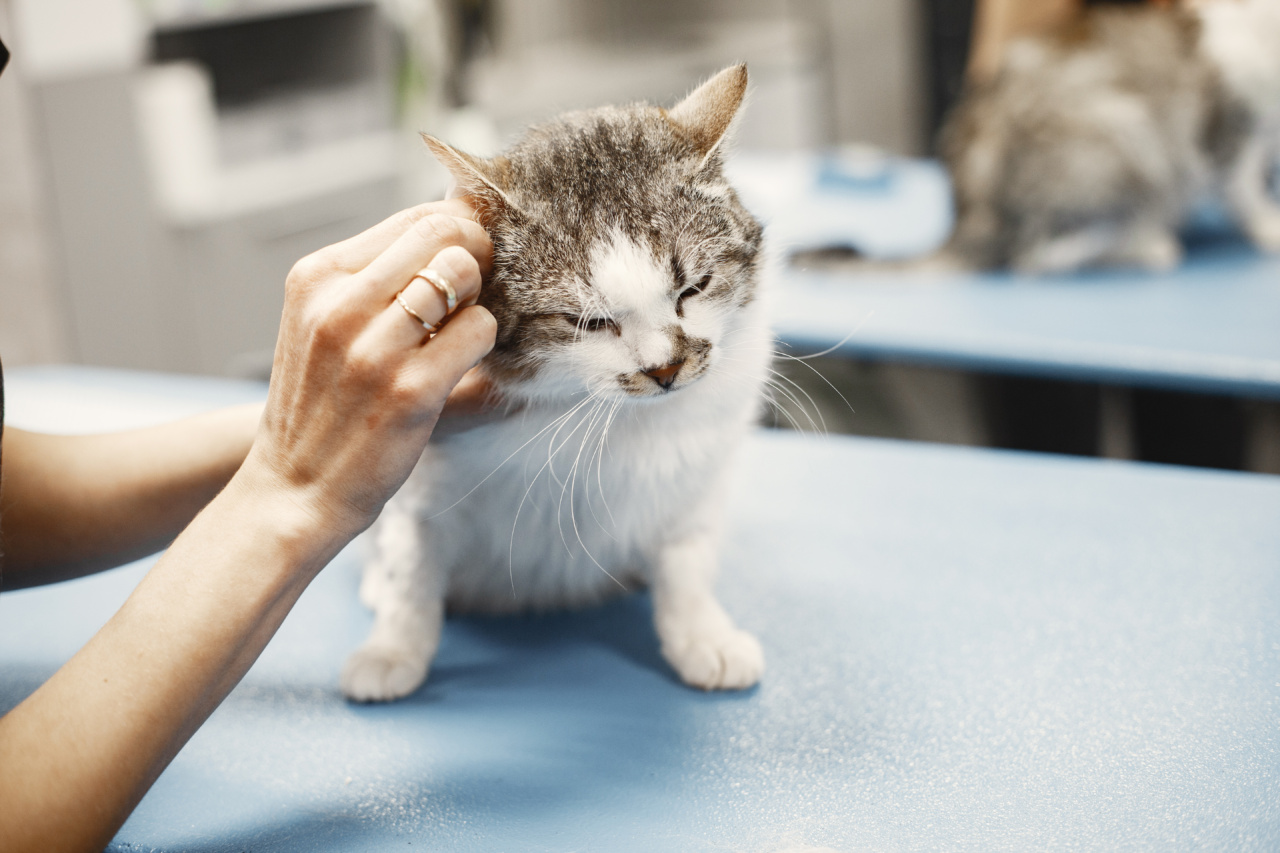As a cat owner, you may be accustomed to the occasional hairball or upset stomach. Cats are known to have sensitive digestive systems, and vomiting can be a common occurrence.
However, there are certain situations when your cat’s vomiting may require immediate veterinary attention. In this article, we will discuss when you should be concerned about your cat’s vomiting and the signs that indicate a visit to the vet is necessary.
Understanding Normal Cat Vomiting
Vomiting is a natural reflex in cats that helps them expel substances from their stomachs. It is important to differentiate between occasional, normal vomiting and abnormal vomiting that may indicate an underlying health issue.
Normal cat vomiting is usually a result of hairballs or eating too quickly. Hairballs are a common occurrence, especially in long-haired cats, as they groom themselves and ingest hair. Vomiting can help them get rid of these hairballs.
Similarly, if your cat eats too quickly or consumes a large amount of food at once, they may regurgitate their meal.
When Vomiting Becomes a Concern
While occasional vomiting may not be a cause for concern, there are certain red flags that should alert you to seek veterinary care. If any of the following situations occur, it is best to consult a veterinarian:.
1. Frequency and Persistence
If your cat is vomiting frequently, such as more than once a day, or the vomiting continues for more than 24 hours, it is a sign of concern. Normal vomiting should resolve quickly, and frequency or persistence may indicate an underlying issue.
2. Blood in Vomit
If you notice blood in your cat’s vomit, it is essential to seek veterinary attention immediately. Blood can indicate internal bleeding, ulcers, or other serious conditions that require urgent medical intervention.
3. Abnormal Appearance of Vomit
Pay attention to the consistency and color of your cat’s vomit. It should typically be clear or light yellow due to stomach fluids.
If the vomit appears green, contains undigested food, or has an unusual consistency, it may indicate a problem that warrants a vet visit.
4. Lethargy and Weakness
If your cat starts vomiting and also displays signs of lethargy, weakness, lack of appetite or thirst, it could be a sign of a more serious underlying issue.
Cats are generally resilient animals, and any sudden change in their behavior should be taken seriously and evaluated by a veterinarian.
5. Weight Loss
If your cat’s vomiting is accompanied by a noticeable weight loss, it can be a sign of a chronic condition or an underlying illness that needs prompt veterinary attention.
Weight loss can indicate a range of health problems, including organ dysfunction or metabolic disorders.
6. Change in Behavior or Habits
If your cat’s vomiting coincides with changes in their behavior, such as increased aggression, hiding, or unusual litter box habits, it may indicate an underlying health issue.
Behavioral changes alongside vomiting should not be ignored and should be investigated by a veterinarian.
7. Presence of Foreign Objects in Vomit
If you notice any foreign objects, such as string, rubber bands, or toxic substances in your cat’s vomit, seek immediate veterinary assistance.
Ingestion of foreign objects can cause life-threatening complications, including obstruction or poisoning.
When to Consult a Veterinarian
If any of the above red flags are present, it is important to consult a veterinarian and provide them with a detailed history of your cat’s vomiting episodes.
The vet will perform a thorough physical examination and may recommend additional diagnostic tests, such as blood work or imaging, to determine the underlying cause.
Remember that as a cat owner, you are the best judge of your pet’s behavior and well-being.
If you have any doubts or concerns about your cat’s vomiting, it is always better to err on the side of caution and seek professional veterinary advice.
Prevention Tips
While not all instances of vomiting can be prevented, there are some measures you can take to minimize the risk:.
1. Feeding Habits
Ensure your cat is not eating too fast by using puzzle feeders or slow feeders. Feeding smaller, more frequent meals can also help reduce the chances of vomiting due to overeating.
2. Grooming
Regular grooming can help prevent excessive hair ingestion and subsequent hairballs. Brushing your cat’s fur will remove loose hair and reduce the amount they ingest during self-grooming.
3. Avoid Human Food
Avoid giving your cat scraps from your plate as certain human foods can be toxic to them. Stick to cat-specific diets and treats approved by veterinarians to minimize the risk of gastrointestinal issues.
Conclusion
While vomiting can be a common occurrence in cats, it is crucial to pay attention to any changes in frequency, appearance, or accompanying symptoms.
Prompt veterinary care is necessary if your cat’s vomiting is persistent, contains blood, or is accompanied by other concerning signs. Remember, your veterinarian is the best resource to determine the underlying cause of your cat’s vomiting and provide appropriate treatment.

























